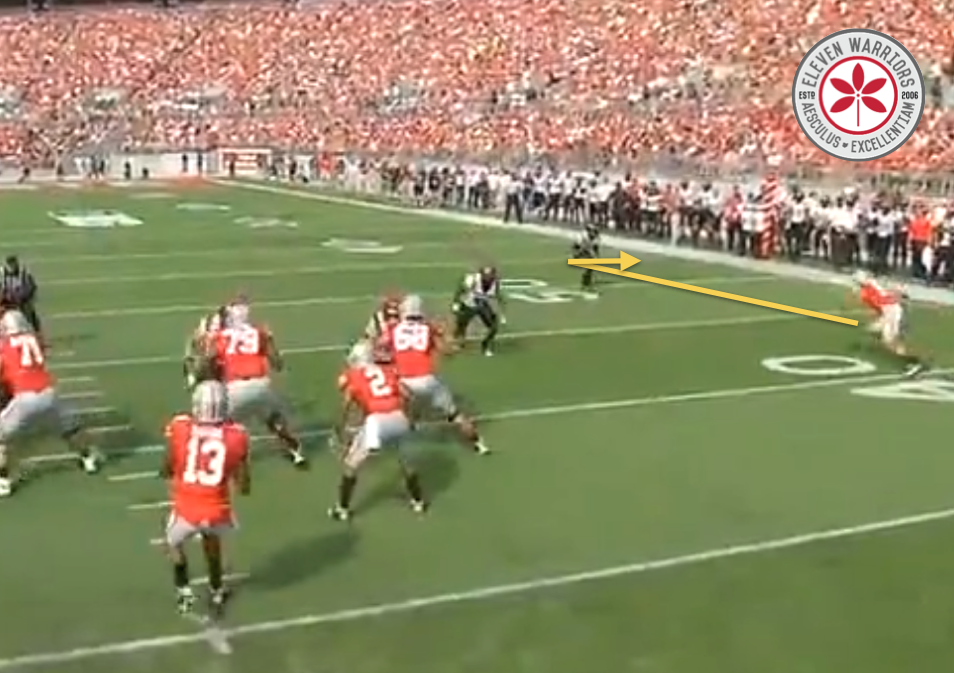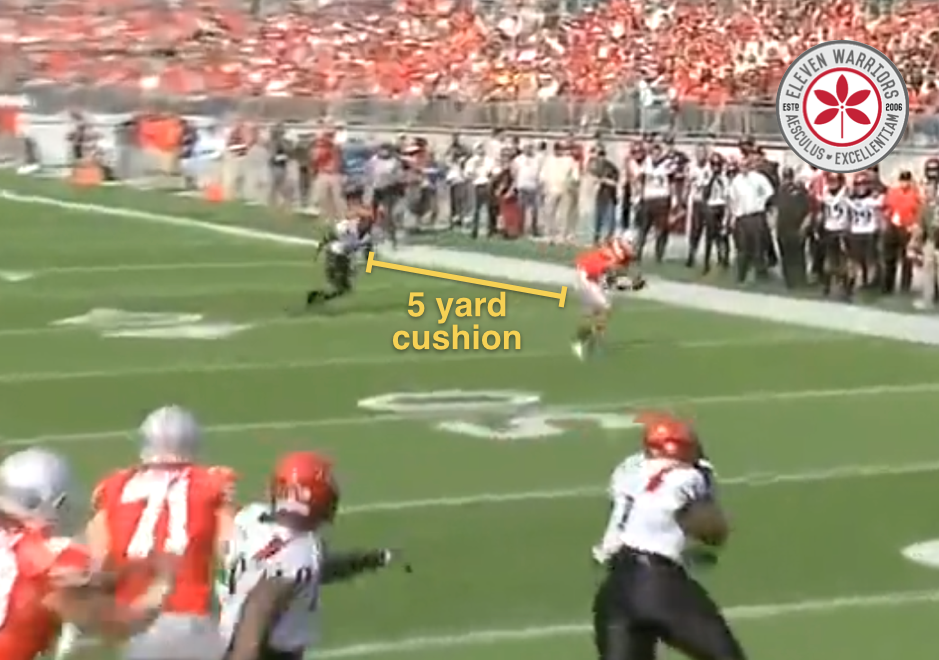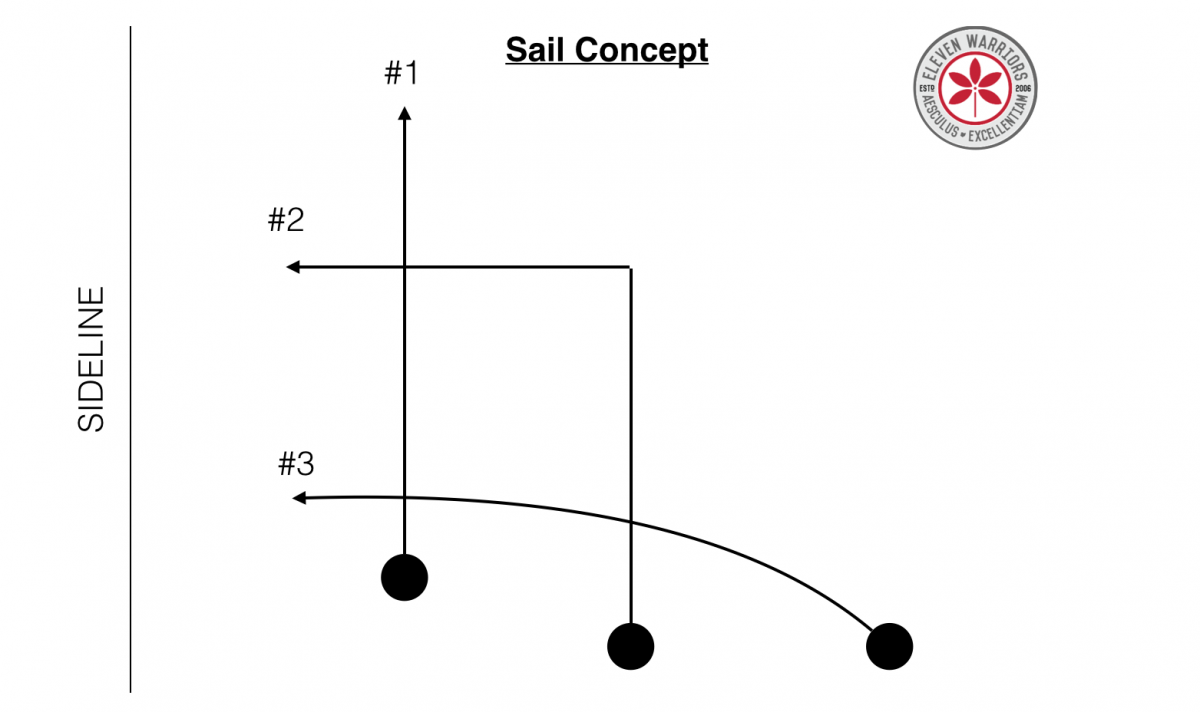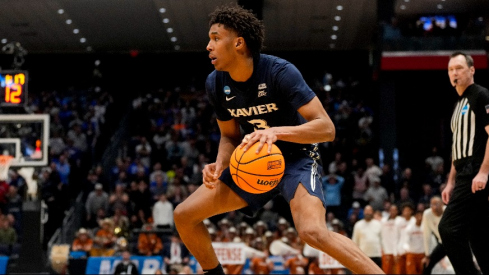In Part 1 of our analysis of Ohio State's 3rd down offense, we discussed how coaches often set up their gameplan in different segments, depending on the amount of yards to gain:
- 3rd and Short (1-3 yards)
- 3rd and Medium (4-6 yards)
- 3rd and Long (7-9 yards)
- 3rd and Extra Long (10+ yards)
We went on to explore the ways the Ohio State offense approached 3rd and Short as well as 3rd and Medium situations, with both scenarios leaning heavily on the offense's established ability to run the football.
While the 2013 were very good in those situations, they failed to find the same success on longer downs. Simply by the nature of the scenario, it's easier to gain three yards as opposed to eight. But the qualitative factors at play, such as an opponent's personnel or alignment, appeared to magnify the difficulty of the task at hand for the 2013 Buckeyes.
Last season, the OSU offense faced 62 3rd downs with seven yards or more to gain, qualifying as 3rd and Long or Extra Long. Of those opportunities, the Buckeyes successfully converted only 14 (not counting defensive penalties that extended the drive), equating to a success rate of 22.5%.
Of those 14 conversions, six of them were scrambles by Braxton Miller or Kenny Guiton. Though many teams will call a quarterback draw in 3rd and long situations, the Buckeyes rarely seemed to call a play directly for the quarterbacks, instead relying on their athletic ability and pocket sense to know when to run.
Perhaps more alarming, the Buckeyes often went weeks at a time without converting a 3rd down like this. In the first quarter against California, Kenny Guiton completed a 12 yard pass to Devin Smith, converting a 3rd and 9 opportunity. The Buckeyes would fail to convert 13 straight attempts before finally converting a 3rd and 7 in the 4th quarter against Iowa, nearly four full games later.
As we approach the 2014 campaign, some clear patterns have emerged as to what we can expect to see from Urban Meyer's offense in these situations.
Speed Kills
One of the tenets of Ohio State's offense is the play-action passing game. In an effort to keep defenses on their toes, the Buckeyes often looked to throw the ball deep to Devin Smith as a way of making defenses pay for playing the run too aggressively. Smith's speed along with the threat of Carlos Hyde running the ball made for a lethal combination.
However on 3rd and Long, the threat of a traditional running game is virtually gone; every defense will happily give up a five yard rush when the offense needs eight. However, the threat of Devin Smith's speed was still there. Opposing defenders often gave Smith a huge cushion, giving him room to make fairly easy catches on the comeback route:
While the Buckeyes didn't have many successful 3rd and Longs, twice in the first three weeks were they able to convert with the comeback route.

Since the Buckeyes have been known to run the "4 Verticals" concept often under Meyer, opponents have looked for it in these 3rd and Long situations. As the defender gives himself a head start in the potential race downfield, Smith breaks off his route at 10 yards and turns back towards the sideline to see a ball coming right towards the number 9 on his chest.

This concept is all about timing though, and there's no easier way to throw off the rhythm of a wide receiver than by jamming him at the line of scrimmage. Most notably, Michigan State and Clemson made life miserable for Buckeye receivers, physically beating them up at the line and not allowing them to get into their routes.
Not only could the Buckeye receivers get into their routes, but against elite athletes like Vic Beasley, Braxton Miller's scrambling ability was far less effective. The result was five sacks and only one 3rd and Long conversion in the two contests.
Pick A Side
Although offenses have more ground to gain in 3rd and Long situations, it also means defenses have more ground to cover. Coaches will often identify concepts that overload one side of the field with more receivers than there are defenders in zones to cover them.
When the Buckeyes successfully converted a 3rd and 9 against Michigan and ended up with a 53 yard touchdown pass, the Buckeyes sent all their receivers to one side of the field. Lining up from the right hash, Tom Herman knew that the Michigan defenders on the wide side of the field would have more ground to cover, getting stretched horizontally. To make their lives even more difficult, the Buckeyes stretched them vertically, as well.

Flood routes, like the Sail concept seen here, give quarterbacks an easy decision while still getting multiple receivers deep enough to cover the ground needed to convert a first down.
With a deep-to-short read, going from the vertical route (#1) and working down towards the flat route (#3), the quarterback can easily identify which receiver is open with having re-set his feet to make a throw. Ideally, he should be in position to step into any of the three throws, regardless of which one comes open.
Not only does Braxton Miller have a quick, easy read for where to throw the ball, it makes it very easy for him to decide IF he throws it at all. If all three receivers are covered, he knows he is the fourth option. Very few teams are able to cover that much ground, rush the passer effectively, and still have eyes on a running quarterback.
(Unfortunately for the Buckeyes, one of those teams happens to reside in East Lansing, Michigan.)
With the loss of Carlos Hyde and four starting offensive linemen, the Buckeyes can't count on their rushing attack to be quite as effective as it was last season. The Buckeyes often set themselves up for manageable situations on 3rd down in 2013, thanks to strong production from Hyde.
While Hyde posted strong numbers in both the Buckeye losses, it was clear that the Buckeyes lacked the balance needed offensively to truly compete on a national championship level. For Ohio State to get past teams like Michigan State and Clemson, there must be development in all phases of the drop-back passing game.


